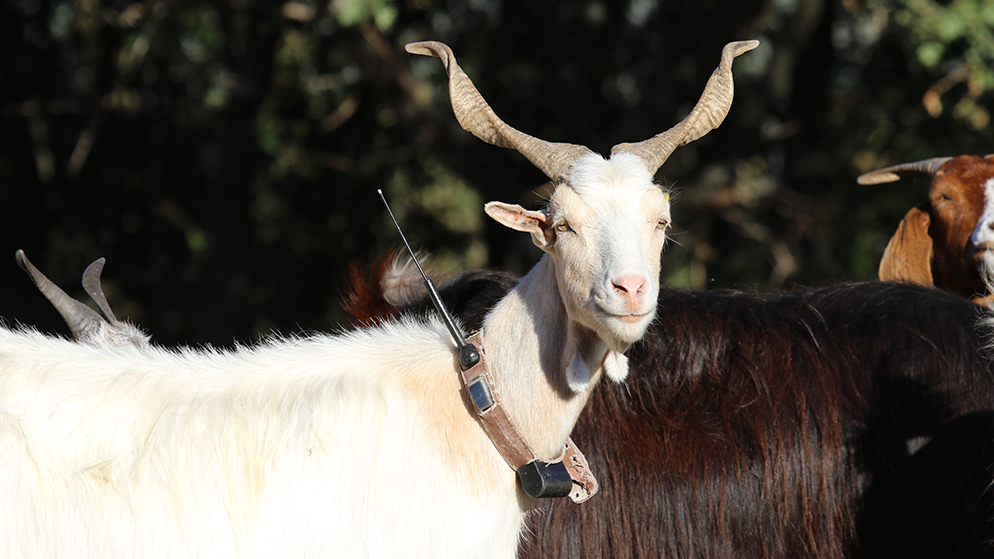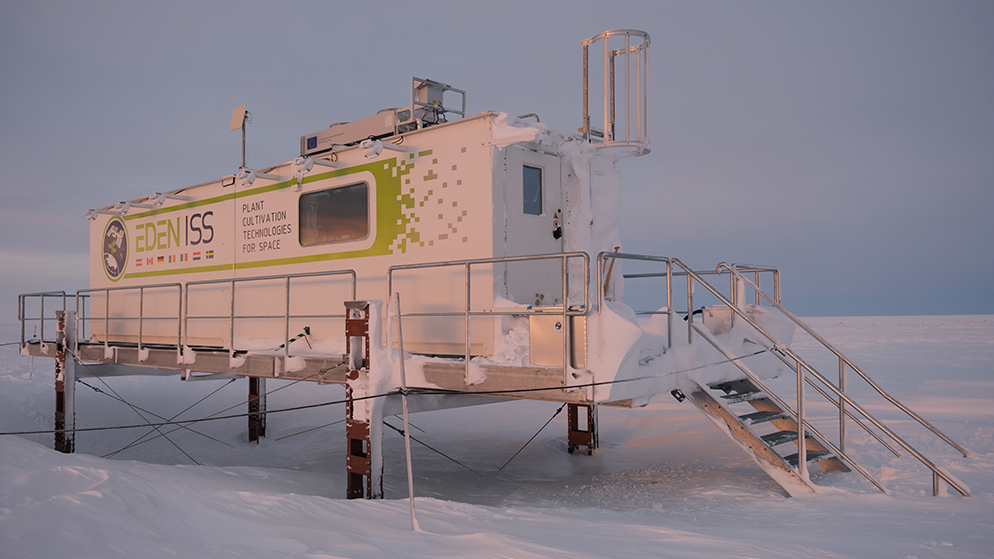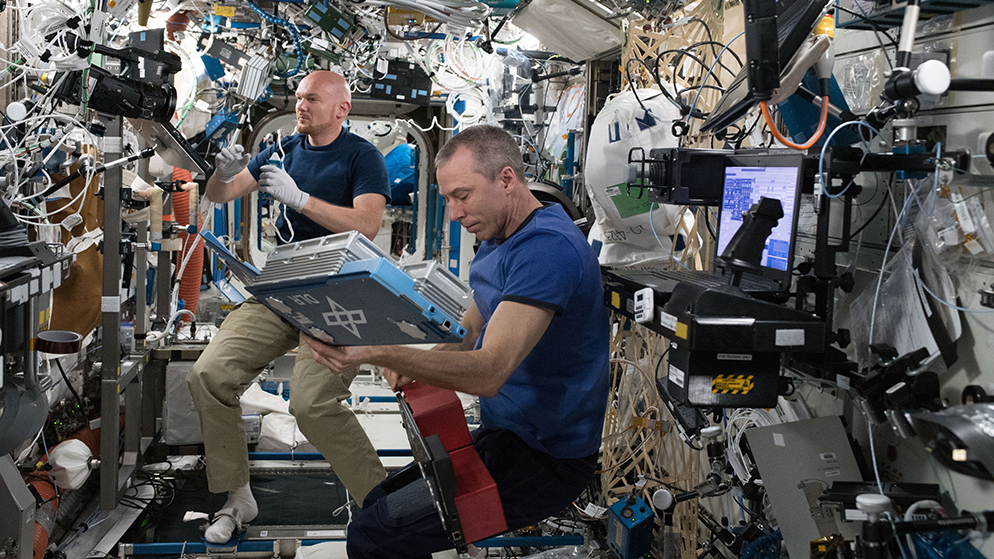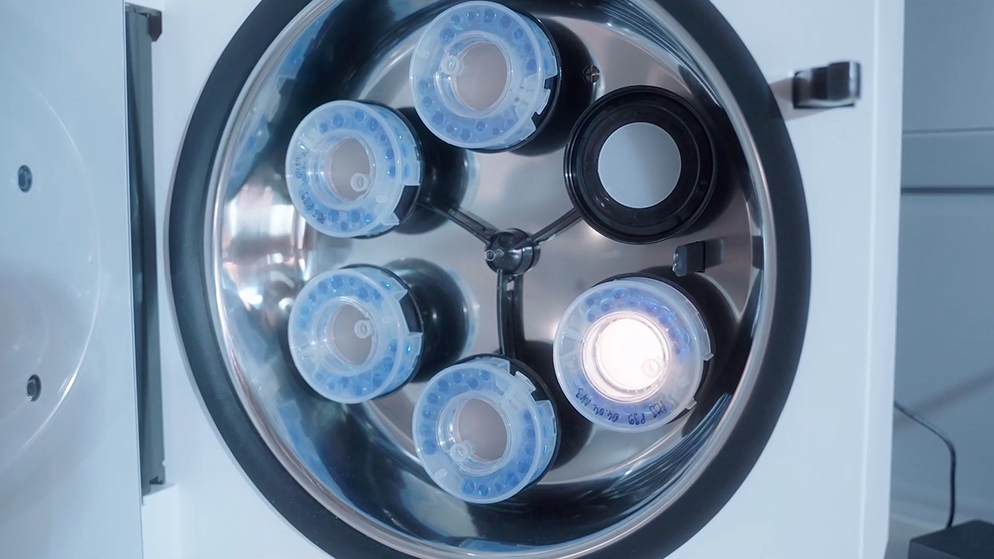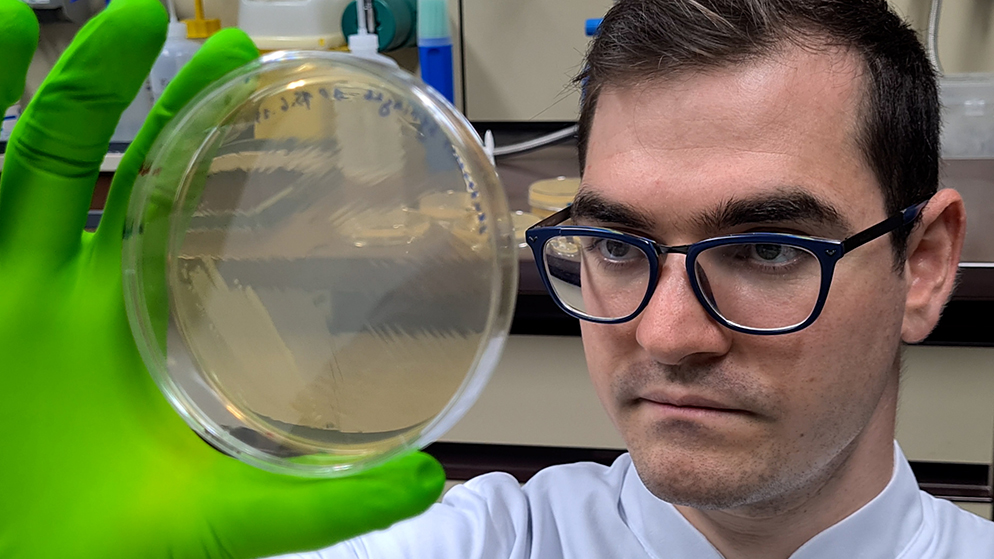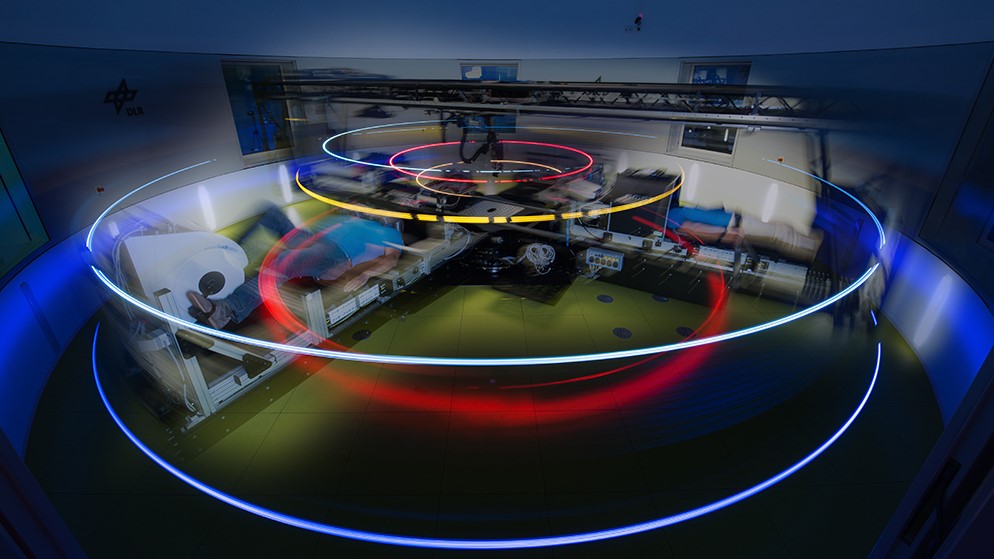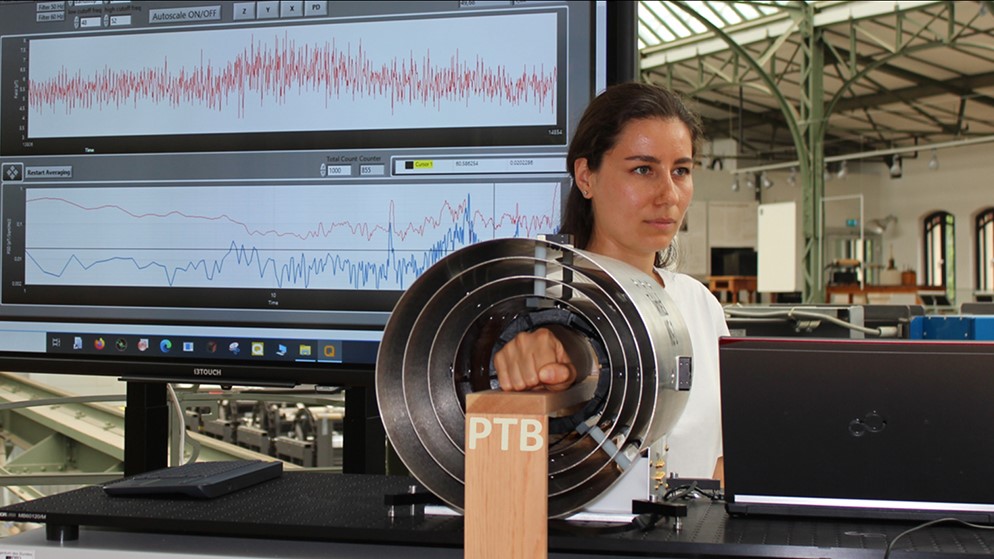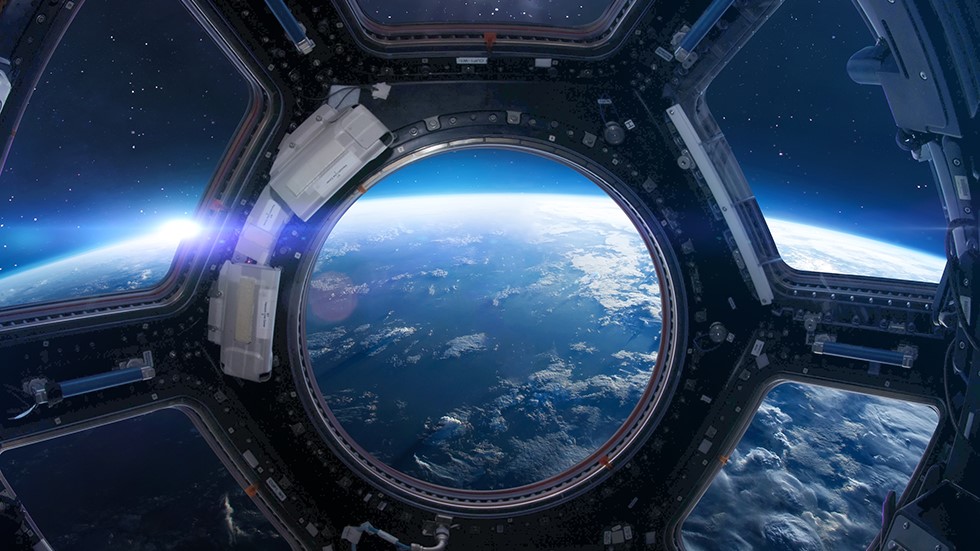
From Space to Life
Space research from Germany for a more sustainable planet Earth
Growing kohlrabi in space. Understanding how viruses and cancer cells behave in microgravity. Observing wildlife from satellites to protect biodiversity. Space research and the application of space-based technologies are full of innovation and can bring many benefits for a better and more sustainable future here on Earth.
Germany has a great deal to offer in this area. Our From Space to Life campaign showcases exciting projects at German universities and research institutes. And it gives an insight into the work of the scientists involved.
Enjoy discovering!
Videos
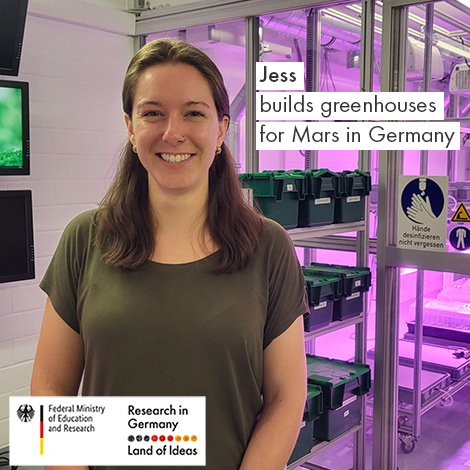
Jess builds greenhouses for Mars in Germany
Growing kohlrabi in space sounds like fiction - scientists like Jess make it happen. Learn how space research into crop production can help to sustainably feed Earth’s population.
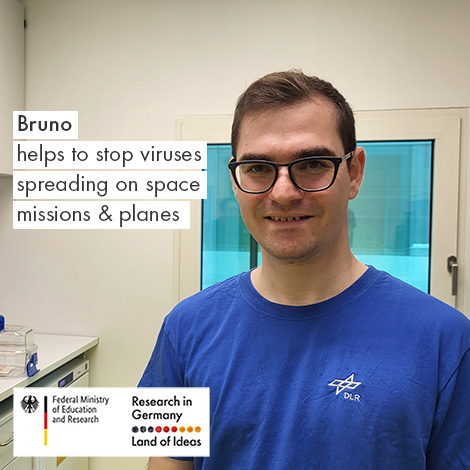
Bruno helps to stop viruses spreading on space missions and planes
How can the outbreak of a virus be stopped as quickly as possible during a space mission? And how can this be applied to air travel to prevent further pandemics?

José fights cancer in microgravity
Cancer cells exhibit some interesting behaviour when exposed to microgravity. Find out how José is trying to understand this process to help cancer patients here on Earth.

Help Loeka fight light pollution!
Join the Time for the Night citizen science project and help Loeka better understand how light sources on the ground contribute to light emissions.
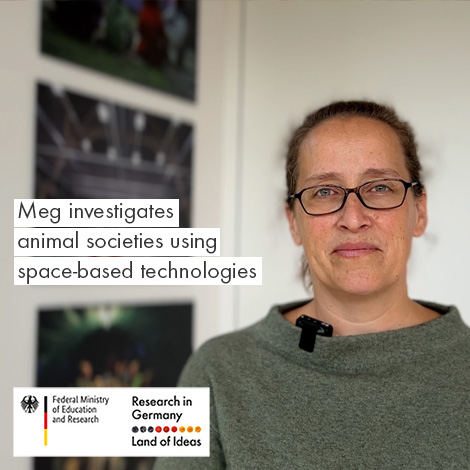
Meg investigates animal societies using space-based technologies
How does social complexity arise in animal societies? And how does the physical world shape the social connections of animals? Meg uses space-based technologies to find answers.
Research and Innovation Areas
Medicine
Medical research in space shows: Exploring space not only enhances our understanding of the cosmos, it can also help improve the health and well-being of people on Earth.
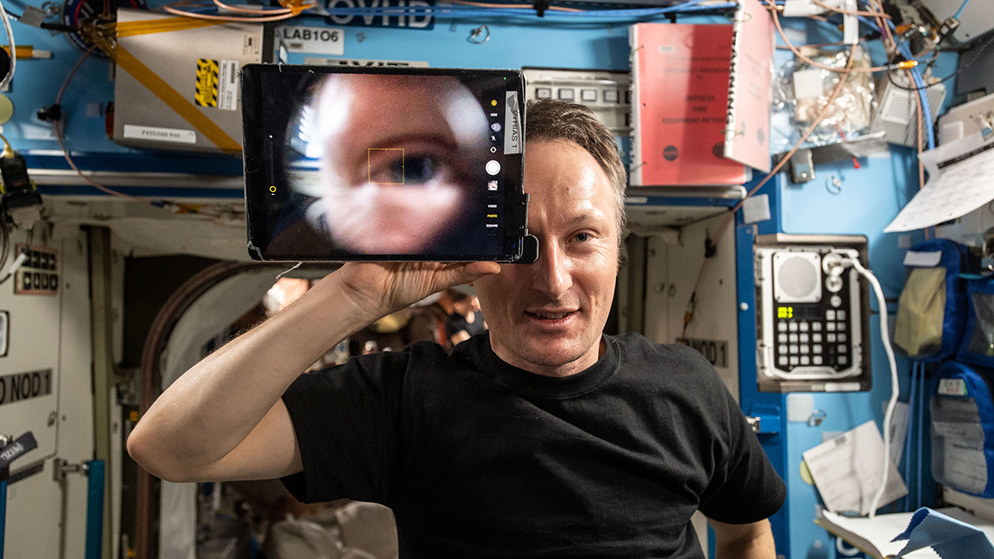
Agriculture and Horticulture
Growing kohlrabi in space is no longer fiction, it’s science. Space research into efficient crop production not only feeds our dreams of inhabiting other planets, it can also help to sustainably feed a growing population here on Earth.
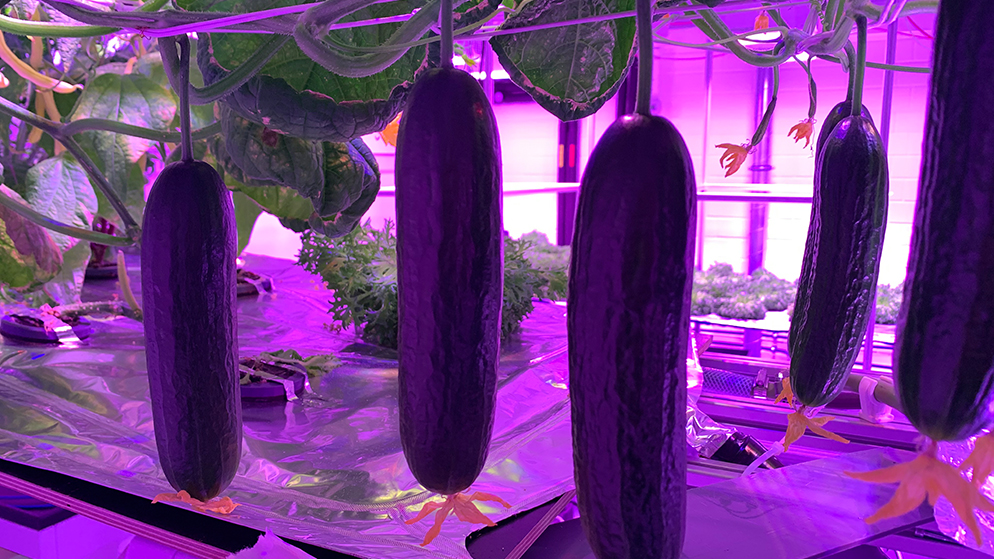
Climate and enviroment
Pollution, biodiversity loss and climate change are among the most pressing challenges of our time. Looking down at the Earth from space is particularly precious for researchers to better monitor, understand and assess global environmental phenomena.
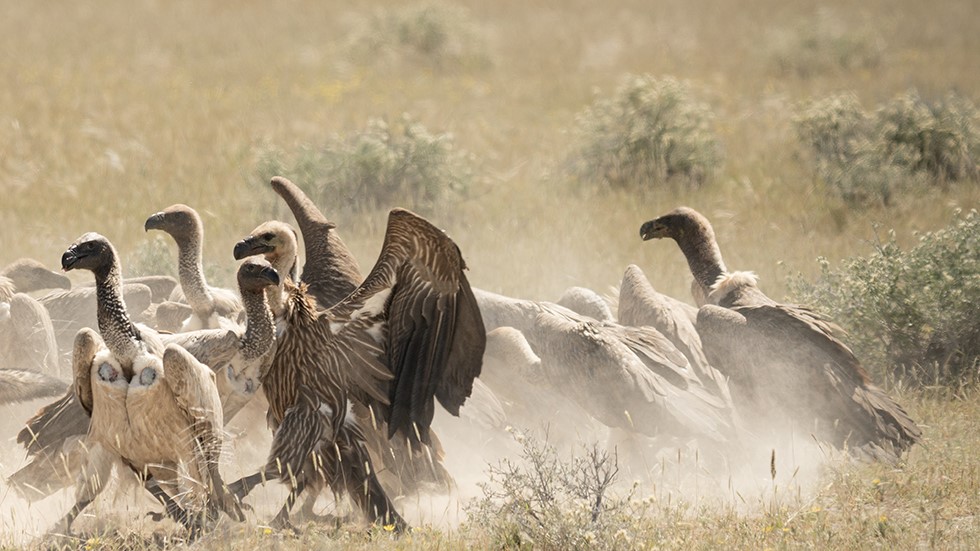
Images
Amazing research, amazing images – flip through and learn more about how space research and technologies can improve our life on Earth.
